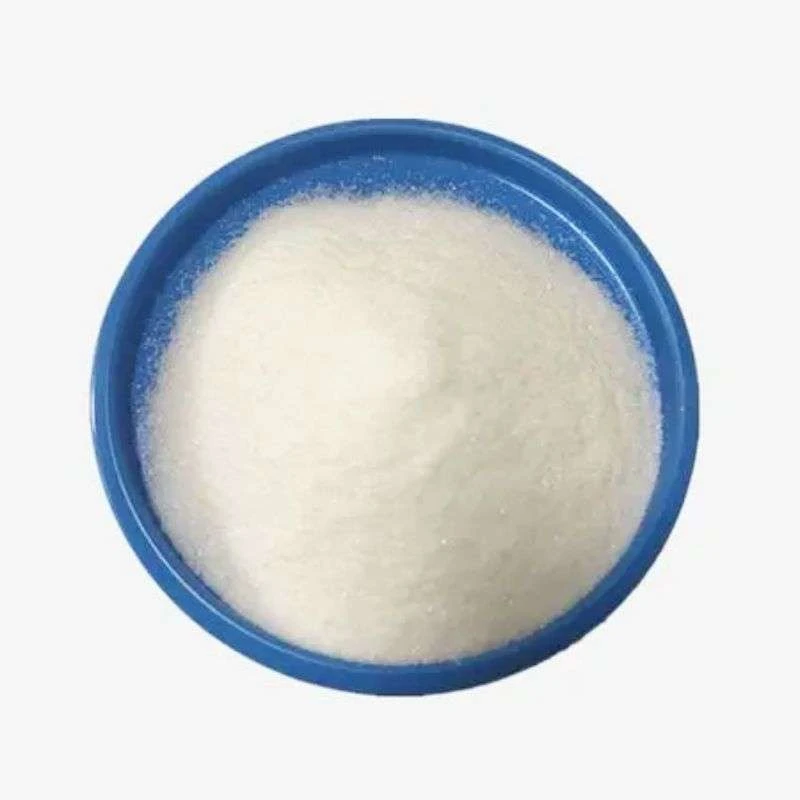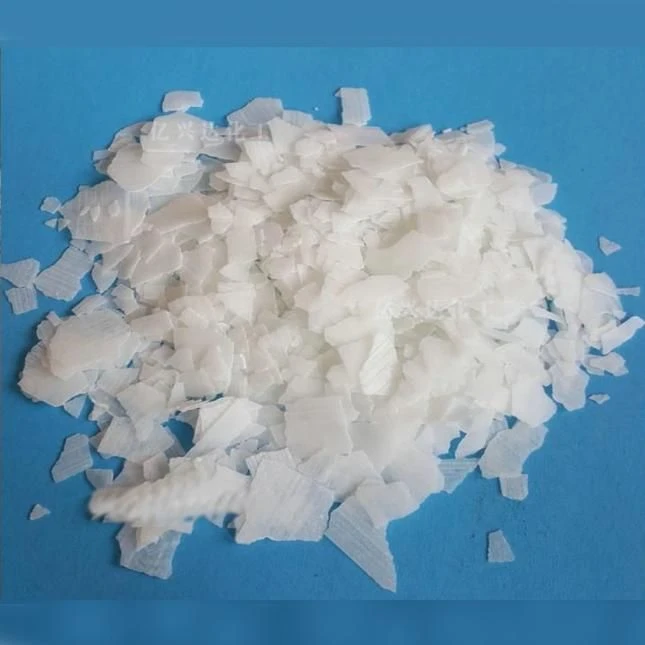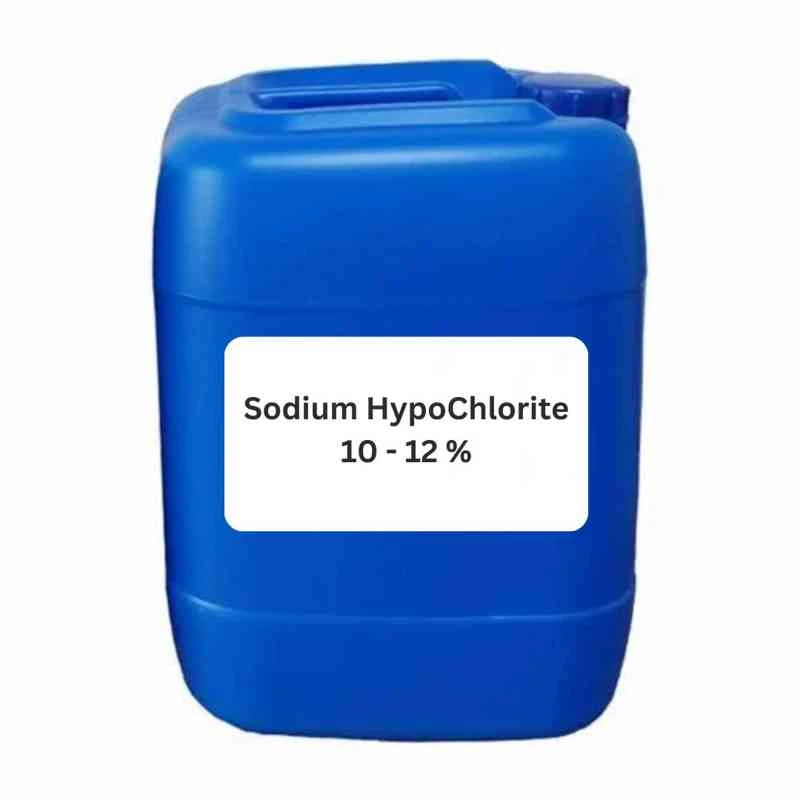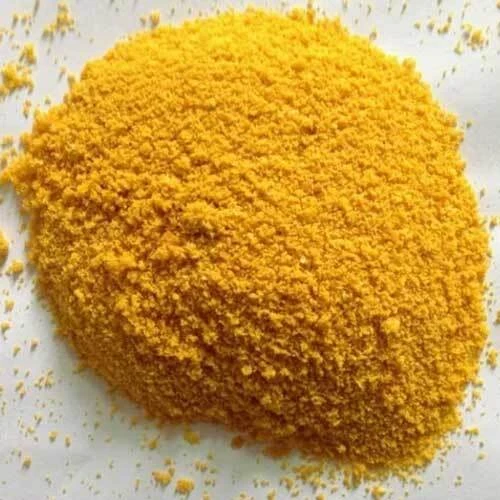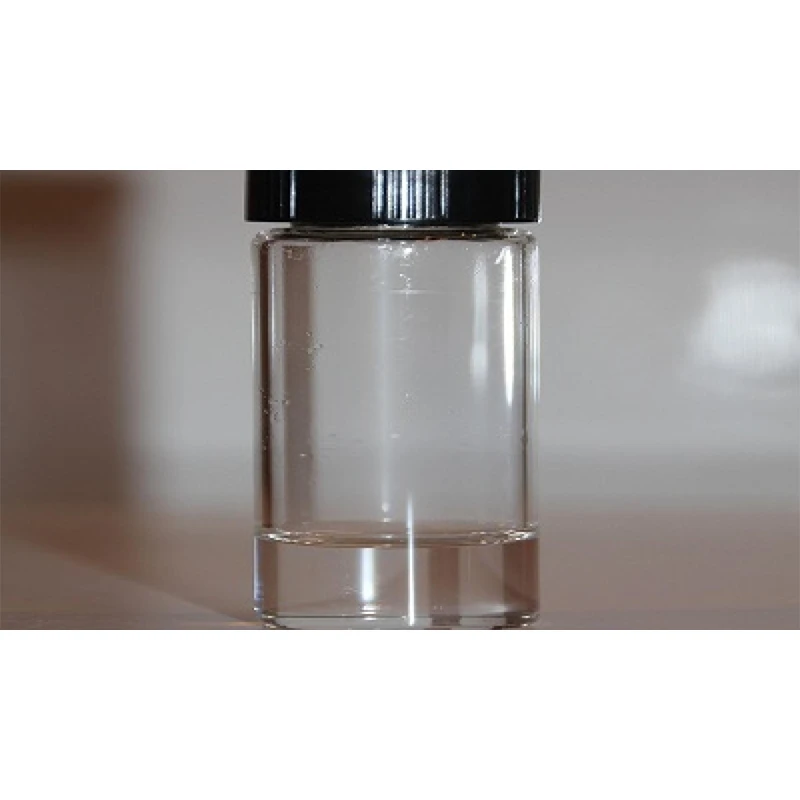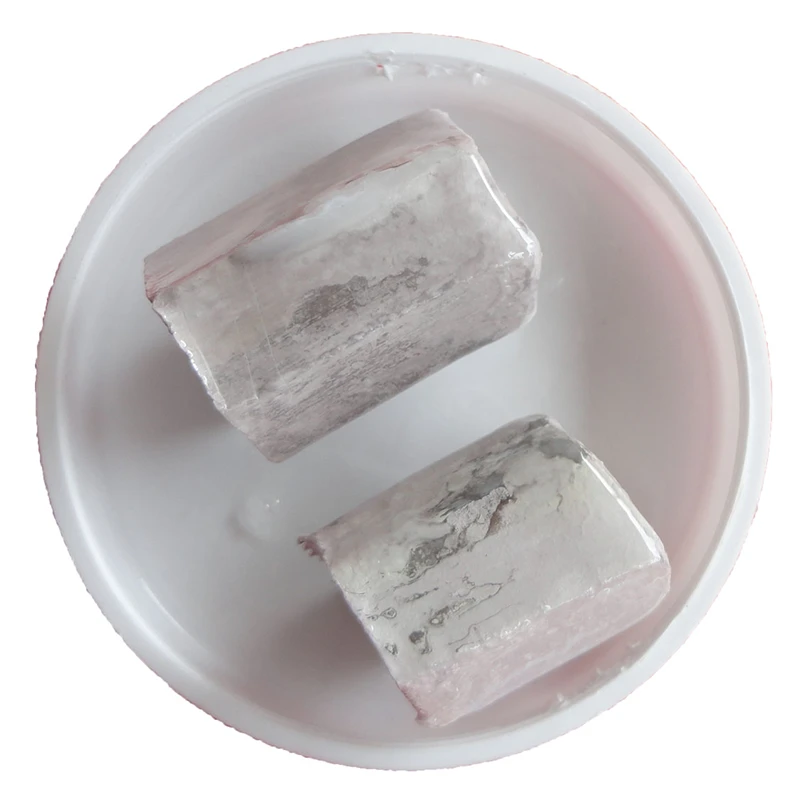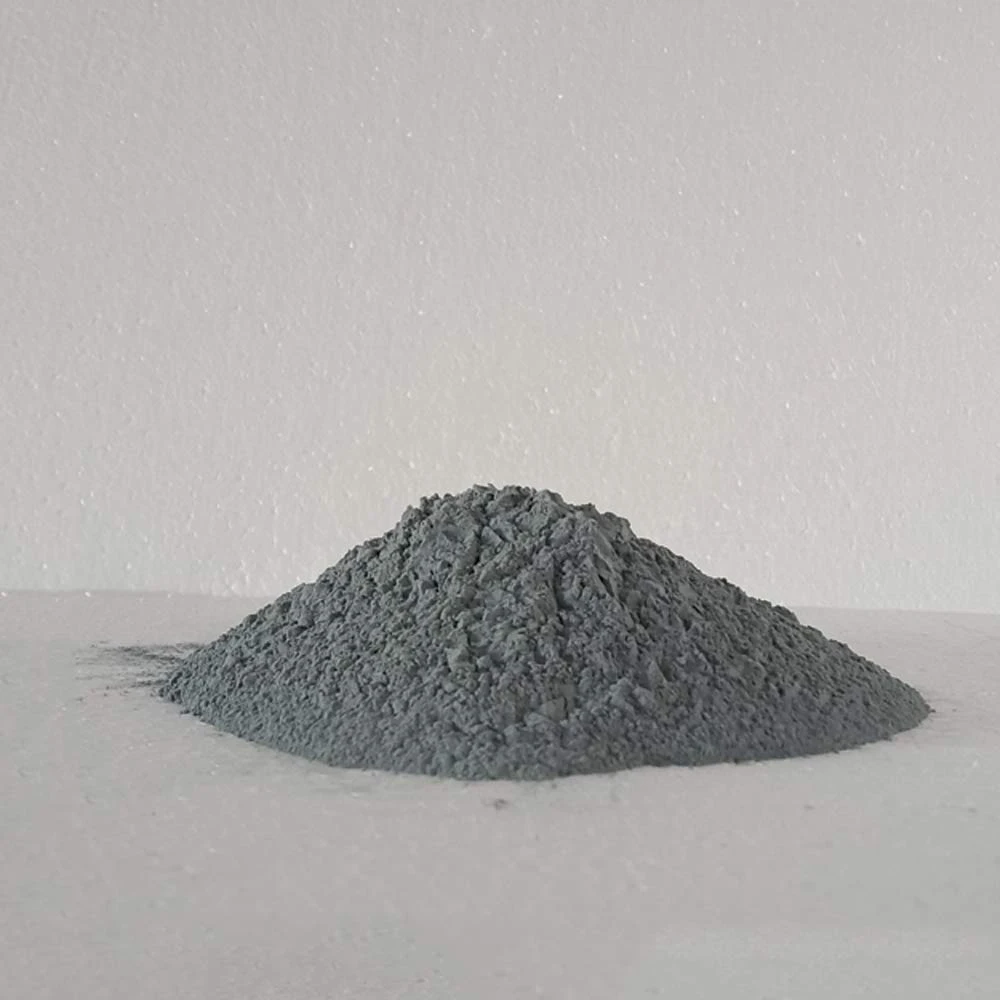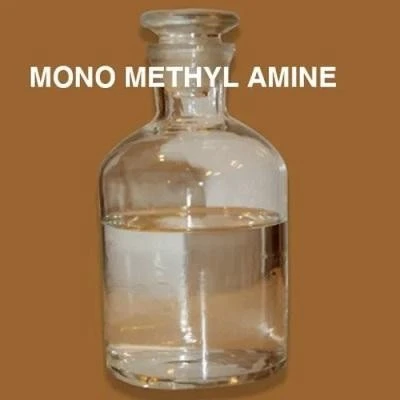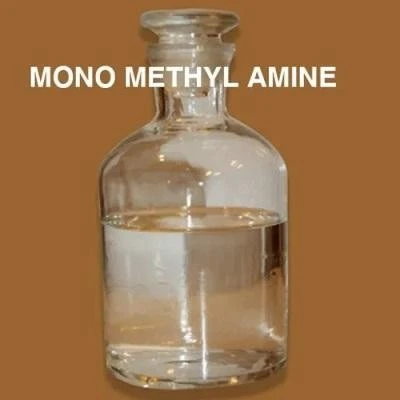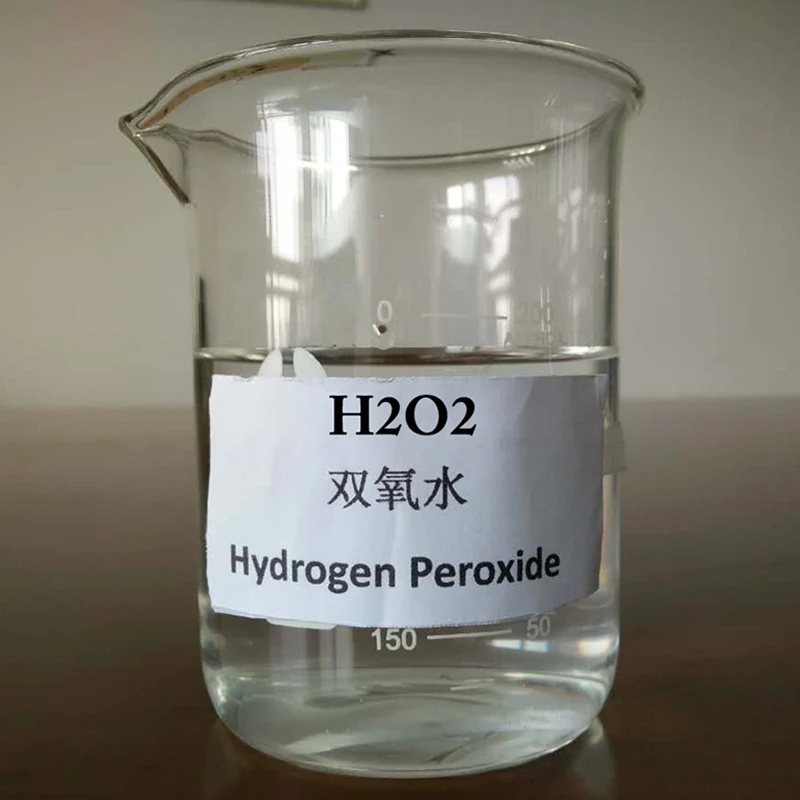


Epoxiconazole Fungicide 125 & 500: Superior Crop Protection
In the dynamic realm of modern agriculture, effective plant protection is paramount to ensuring food security and optimizing crop yields. Among the myriad of agrochemicals, fungicides play a critical role in combating a wide array of plant diseases. Within this category, triazole fungicides stand out for their broad-spectrum activity and systemic properties. Leading this charge is Epoxiconazole, a highly effective and widely utilized active ingredient that has become a cornerstone in disease management programs across the globe. This comprehensive guide delves into the essence of Epoxiconazole, exploring its market significance, technical specifications, manufacturing prowess, diverse applications, and the inherent advantages it offers to the agricultural sector.
Global Trends and Market Dynamics of Epoxiconazole Fungicide
The global market for crop protection products continues its robust growth trajectory, driven by increasing food demand, evolving pest pressures, and the need for sustainable agricultural practices. Fungicides, in particular, represent a significant segment, with an estimated market size exceeding tens of billions of dollars annually. Triazole fungicides, including Epoxiconazole, account for a substantial share due to their proven efficacy against a wide range of fungal pathogens, particularly those causing rusts, powdery mildews, and leaf spot diseases.
Current industry trends highlight a rising demand for high-performance, environmentally conscious formulations. Farmers are increasingly seeking solutions that offer prolonged residual activity, systemic action for thorough protection, and compatibility with integrated pest management (IPM) strategies. Epoxiconazole fungicide fits this profile perfectly, offering reliable control and contributing to higher quality harvests. The market also sees a shift towards concentrated formulations like Epoxiconazole 125 and Epoxiconazole 500 g/L (grams per liter), which provide greater convenience, reduced packaging waste, and optimized logistics for large-scale agricultural operations.
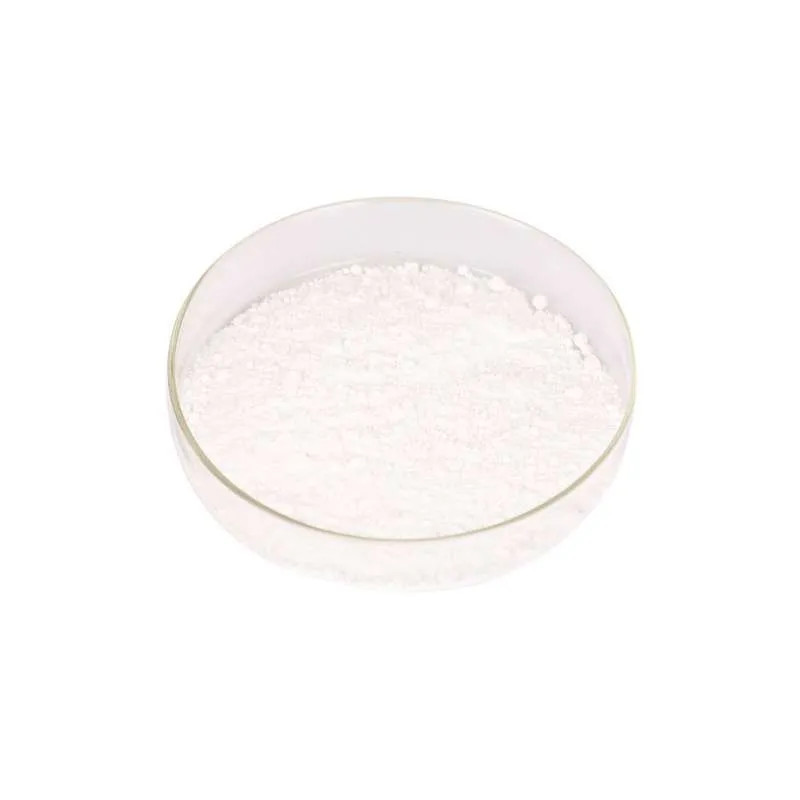
Advanced spraying technology applying Epoxiconazole fungicide for optimal crop protection.
Data from market research firms such as Grand View Research and Mordor Intelligence consistently project steady growth for the fungicide market, with a compound annual growth rate (CAGR) often exceeding 5% in the coming years. This growth is fueled by factors like increasing disease incidences due to climate change, expansion of cultivated land, and technological advancements in product delivery and formulation. Epoxiconazole's role as a broad-spectrum, highly effective systemic fungicide ensures its continued prominence in this expanding market.
Understanding Epoxiconazole's Technical Parameters and Properties
Epoxiconazole (CAS No. 106325-08-0) is a potent triazole fungicide classified as an Ergosterol Biosynthesis Inhibitor (EBI), specifically targeting the C14-demethylation step. This mode of action disrupts fungal cell membrane formation, leading to the cessation of fungal growth and ultimately death. Its systemic nature means it is absorbed by the plant and translocated throughout its vascular system, providing protection to new growth and difficult-to-reach areas.
The product is typically available in various formulations, with Epoxiconazole 125 EC (Emulsifiable Concentrate) and Epoxiconazole 500 SC (Suspension Concentrate) being among the most common. These concentrations refer to the amount of active ingredient (AI) in grams per liter of formulation. For instance, Epoxiconazole 125 contains 125 grams of Epoxiconazole per liter, while Epoxiconazole 500 contains 500 grams per liter, allowing for flexible dosage and application depending on the crop, disease pressure, and regional regulations.
Key Technical Specifications of Epoxiconazole (Technical Grade)
| Parameter | Specification (Technical Grade) | Relevance / Benefit |
|---|---|---|
| Chemical Name | (2RS,3SR)-3-(2-chlorophenyl)-2-(4-fluorophenyl)- (1H-1,2,4-triazol-1-yl)methyl-2-oxiranemethanol | Defines the unique chemical structure, critical for patent and regulatory compliance. |
| CAS No. | 106325-08-0 | Unique identifier for regulatory and safety data sheets. |
| Molecular Formula | C17H13ClFNO3 | Indicates elemental composition. |
| Molecular Weight | 329.74 g/mol | Important for stoichiometric calculations in formulation. |
| Purity | ≥ 95.0% (typically 97% min for high-grade) | Ensures efficacy and minimizes impurities; high purity leads to better formulation stability. |
| Appearance | White to Off-white Crystalline Powder | Visual quality indicator. |
| Melting Point | 134-136 °C | Indicator of chemical identity and purity. |
| Solubility (Water) | Very Low (approx. 7 mg/L at 20°C) | Requires specialized formulation (EC, SC) for dispersion in water for application. |
| Vapor Pressure | Very Low (approx. 0.0016 mPa at 20°C) | Indicates low volatility, reducing environmental exposure through air. |
| Stability | Stable under normal storage conditions; degrades slowly in soil. | Good shelf life and environmental persistence profile for agricultural use. |
| Mode of Action | Ergosterol Biosynthesis Inhibitor (EBI), DMI Fungicide (Group 3, FRAC code) | Defines how it controls fungi, crucial for resistance management and efficacy. |
| Acute Oral LD50 (Rat) | > 5000 mg/kg | Indicates very low acute toxicity, important for safety handling and environmental impact. |
Understanding these parameters is crucial for formulators and end-users alike, ensuring safe handling, effective application, and optimal performance of Epoxiconazole products.
Detailed Manufacturing Process of Epoxiconazole
The synthesis of high-purity Epoxiconazole is a complex multi-step chemical process requiring stringent quality control and advanced chemical engineering. This ensures the active ingredient's consistent efficacy, stability, and safety profile. Below is an illustrative overview of the typical manufacturing workflow:
Raw Material Sourcing & Pre-treatment
The process begins with the careful selection and sourcing of key chemical intermediates, typically including a substituted phenyl intermediate, a triazole derivative, and an epoxide precursor. These raw materials are subjected to rigorous incoming quality control checks (e.g., GC-MS, HPLC, KF titration for moisture) to ensure they meet specified purity and compositional standards. This initial stage is critical as the quality of raw materials directly impacts the final product's purity and yield.
Core Synthesis Reactions
The synthesis of Epoxiconazole involves a series of precisely controlled chemical reactions, often including alkylation, cyclization, and epoxidation steps. For instance, the formation of the triazole ring structure is a key step, followed by the introduction of the substituted phenyl group and the epoxide moiety. These reactions are carried out in a controlled environment, typically in large reactors with precise temperature, pressure, and pH monitoring. Catalysts are often employed to facilitate reactions and optimize yields. Real-time in-process controls, such as chromatography, are used to monitor reaction progress and ensure conversion efficiency.
Purification and Isolation
Following synthesis, the crude Epoxiconazole product contains various impurities, by-products, and unreacted raw materials. A multi-stage purification process is then employed. This typically involves techniques like crystallization, solvent extraction, washing, and filtration. The goal is to separate the desired Epoxiconazole active ingredient from impurities, achieving the high purity level (e.g., ≥95% to 97% min) required for agricultural applications. Multiple recrystallization steps may be necessary to achieve the target purity. The process is monitored by advanced analytical techniques like High-Performance Liquid Chromatography (HPLC) to quantify purity at each stage.
Drying & Milling
Once purified, the wet Epoxiconazole technical grade is carefully dried using specialized dryers (e.g., vacuum dryers or tray dryers) to remove residual solvents and moisture. The drying process is optimized to prevent degradation and ensure product stability. After drying, the material may be milled or micronized to achieve a specific particle size distribution, which is crucial for subsequent formulation steps (e.g., for creating Suspension Concentrates or Water-dispersible Granules).
Quality Assurance (QA) & Quality Control (QC)
Throughout the entire manufacturing process, from raw material inspection to final product packaging, stringent QA/QC protocols are implemented. Final technical grade Epoxiconazole batches undergo comprehensive analytical testing, including assays for purity (HPLC), impurity profiling (GC-MS, LC-MS), moisture content, pH, and physical characteristics. Manufacturers adhere to international standards like ISO 9001 for quality management systems and Good Laboratory Practice (GLP) for analytical testing. Products must also comply with FAO specifications where applicable, ensuring global acceptance and reliability.
Formulation & Packaging
The technical grade Epoxiconazole is then formulated into commercial products like Epoxiconazole 125 EC or Epoxiconazole 500 SC. This involves blending with inert carriers, solvents, emulsifiers, dispersants, and other adjuvants to create a stable, effective, and user-friendly product. The final formulated product undergoes stability tests (e.g., accelerated aging tests) to determine its shelf life, which typically ranges from 2 to 3 years under proper storage. Packaging is done in secure, chemical-resistant container111s, clearly labeled with product information, safety warnings, and usage instructions.
This meticulous process ensures that every batch of Epoxiconazole meets the highest industry standards for purity, efficacy, and safety, providing growers with a reliable tool for disease management.
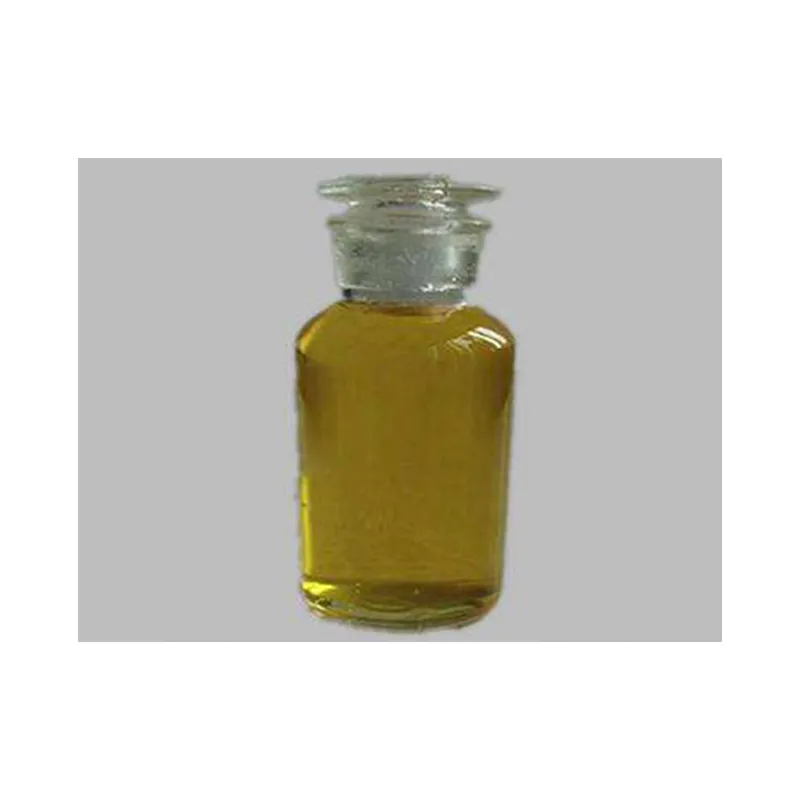
Advanced chemical synthesis reactors ensuring high-purity Epoxiconazole production.
Application Scenarios and Strategic Advantages of Epoxiconazole
Epoxiconazole is a versatile and effective fungicide used across a broad spectrum of crops and regions, offering unparalleled protection against economically damaging fungal diseases. Its systemic activity ensures robust control, even in challenging conditions. The product's applicability extends to various agricultural sectors, including row crops, cereals, specialty crops, and even turf and ornamentals, demonstrating its wide utility.
Key Application Areas:
- Cereal Crops (Wheat, Barley, Rye, Oats): Epoxiconazole fungicide is extensively used to control major diseases such as Septoria leaf blotch (Zymoseptoria tritici), powdery mildew (Blumeria graminis), various rusts (e.g., brown rust, yellow rust, stem rust), and Fusarium head blight. Its efficacy in these crops is critical for maximizing grain yield and quality.
- Corn (Maize): Effective against northern corn leaf blight (Exserohilum turcicum), grey leaf spot (Cercospora zeae-maydis), and southern rust (Puccinia polysora).
- Soybeans: Crucial for managing Asian soybean rust (Phakopsora pachyrhizi), frogeye leaf spot (Cercospora sojina), and various end-of-season diseases that impact yield.
- Rice: Applied for blast (Magnaporthe oryzae) and sheath blight (Rhizoctonia solani) control.
- Sugar Beet: Protects against Cercospora leaf spot (Cercospora beticola) and powdery mildew.
- Oilseed Rape (Canola): Used to control Sclerotinia stem rot and Phoma stem canker.
- Other Crops: Also finds use in coffee, peanuts, and various vegetable crops, depending on regional registrations and specific disease pressures.
Technical Advantages of Epoxiconazole:
- Broad-Spectrum Efficacy: Epoxiconazole offers control against a wide range of Ascomycetes, Basidiomycetes, and Deuteromycetes fungal pathogens, making it a highly versatile tool for integrated disease management. This broad activity reduces the need for multiple products.
- Systemic and Translaminar Action: Once applied, Epoxiconazole is rapidly absorbed by the plant leaves and roots, then translocated upwards (acropetally) through the xylem. It also exhibits translaminar movement, penetrating the leaf surface and moving to the other side. This ensures comprehensive protection, including new growth and areas missed by direct spray, offering preventive and curative properties.
- Long Residual Activity: Its strong binding to plant waxes and slow degradation on the leaf surface contribute to extended residual activity, providing prolonged protection against disease re-infection and reducing the frequency of applications.
- Rainfastness: Rapid uptake into the plant tissue ensures that Epoxiconazole is highly rainfast shortly after application, minimizing loss due to rainfall and maximizing product effectiveness.
- Resistance Management: As a Group 3 (DMI) fungicide, Epoxiconazole is an important component of resistance management strategies. Rotating or tank-mixing with fungicides from different FRAC (Fungicide Resistance Action Committee) groups helps prevent the development of resistant fungal populations.
- Yield and Quality Enhancement: By effectively controlling diseases, Epoxiconazole minimizes yield losses, improves crop health, and enhances the quality of harvested produce, leading to greater profitability for farmers.
- Formulation Flexibility: Available in highly concentrated and efficient formulations like Epoxiconazole 125 EC and Epoxiconazole 500 SC, it offers ease of handling, mixing, and application, catering to various agricultural practices and equipment.
The combination of these advantages positions Epoxiconazole as a premium choice for growers seeking reliable, high-performance disease control solutions. For more specific product details and applications, visit the official product page: Epoxiconazole.
Manufacturer Comparison and Choosing a Reliable Supplier
When selecting an Epoxiconazole supplier, discerning between manufacturers is crucial for ensuring product quality, consistency, and ethical sourcing. While many companies offer agrochemical products, a truly reliable partner distinguishes itself through a commitment to excellence across several key areas:
"The true value of an agrochemical lies not just in its active ingredient, but in the stringent quality control, consistent manufacturing processes, and comprehensive support provided by its supplier."
Key Factors for Manufacturer Comparison:
- Purity and Consistency: A reputable manufacturer will consistently deliver Epoxiconazole with high purity (e.g., >97% for technical grade) and minimal impurities. They will provide Certificates of Analysis (CoA) for every batch, detailing purity, moisture content, and heavy metal levels. Consistent quality ensures predictable performance in the field.
- Manufacturing Excellence & Certifications: Look for manufacturers with internationally recognized certifications such as ISO 9001 (Quality Management System), ISO 14001 (Environmental Management System), and OHSAS 18001 (Occupational Health and Safety). Adherence to GLP (Good Laboratory Practice) for analytical testing is also vital. These certifications reflect a commitment to robust manufacturing processes, safety, and environmental responsibility.
- Research & Development Capabilities: Leading manufacturers invest heavily in R&D to improve synthesis processes, develop new formulations (like advanced Epoxiconazole 125 or Epoxiconazole 500 SC), and explore new applications. This ensures innovation and adaptability to evolving market needs and regulatory changes.
- Regulatory Compliance & Global Registrations: A reliable supplier will have a deep understanding of global pesticide regulations (e.g., FAO specifications, EU REACH, EPA guidelines). They should be able to provide comprehensive regulatory dossiers and support for product registrations in various countries.
- Technical Support and Expertise: Beyond just supplying the product, a strong manufacturer offers unparalleled technical support. This includes agronomic advice, formulation guidance, analytical method support, and troubleshooting. Their team should possess deep expertise in agrochemicals and crop protection.
- Supply Chain Reliability: Evaluate the manufacturer's ability to ensure stable supply, manage logistics efficiently, and offer flexible delivery options. A robust supply chain minimizes disruptions and ensures product availability when needed.
- Ethical and Sustainable Practices: Prioritize manufacturers with transparent and sustainable business practices, including responsible waste management, energy efficiency, and fair labor practices.
By carefully evaluating these aspects, agricultural businesses can forge partnerships with manufacturers that not only supply high-quality Epoxiconazole but also contribute to long-term success and sustainability.
Customized Solutions and Application Support
Recognizing that one size does not fit all in agriculture, leading Epoxiconazole suppliers offer customized solutions tailored to specific client needs and regional requirements. This bespoke approach extends beyond mere product delivery to encompass a comprehensive support system.
Tailored Offerings:
- Custom Formulations: While standard Epoxiconazole 125 EC and Epoxiconazole 500 SC are prevalent, specific markets or crop types may benefit from custom formulations. This could include co-formulations with other active ingredients for broader spectrum control, specific adjuvant systems for enhanced spray retention, or unique packaging sizes.
- Technical Consultation: Expert agronomists and chemists work with clients to understand their specific challenges, whether it's disease resistance concerns, application logistics, or environmental considerations. They provide guidance on optimal dosage rates, timing of application, and tank-mix compatibility for Epoxiconazole fungicide.
- Regulatory and Registration Support: Navigating complex global regulations for agrochemicals can be daunting. A strong supplier offers extensive support in preparing and submitting regulatory dossiers, conducting efficacy trials, and ensuring compliance with local and international standards like FAO.
- Logistics and Supply Chain Optimization: From flexible order quantities to efficient warehousing and shipping, tailored logistics solutions ensure timely and cost-effective delivery of Epoxiconazole products to any part of the world, minimizing lead times and maximizing freshness.
- Quality Control & Analytical Services: Beyond standard COAs, some suppliers offer advanced analytical testing services to help clients verify product quality upon receipt or troubleshoot field issues related to formulation stability or efficacy.
This commitment to customization and comprehensive support enhances the value proposition of Epoxiconazole, transforming a commodity chemical into a strategic asset for agricultural businesses.
Real-World Application Cases and Success Stories
The efficacy of Epoxiconazole is best demonstrated through its proven success in various agricultural settings, protecting crops and livelihoods worldwide. These application cases underscore its reliability as a go-to fungicide.
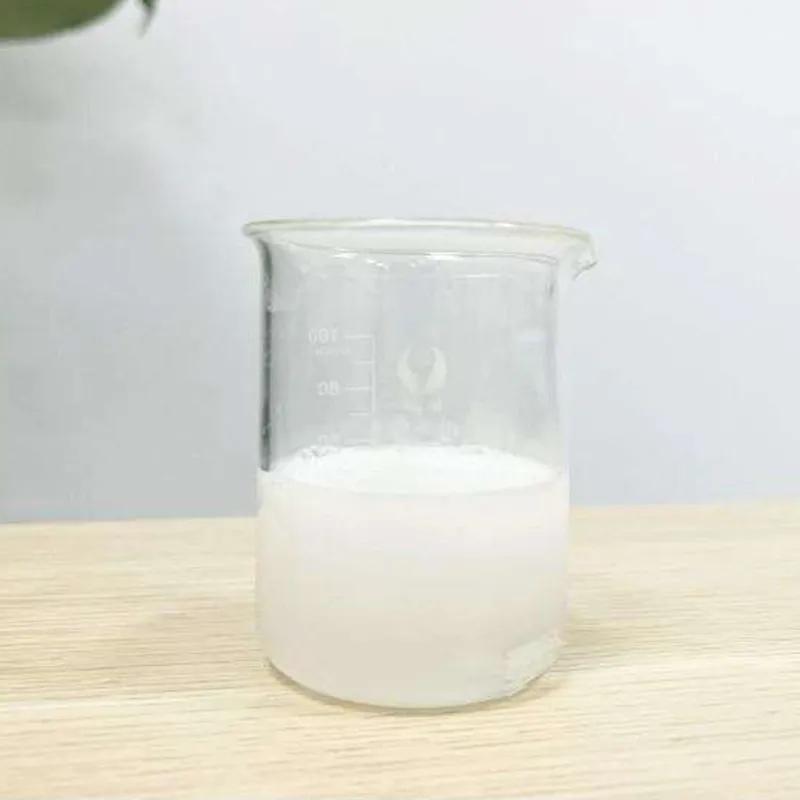
Flourishing cereal crops protected by Epoxiconazole, demonstrating superior disease control.
Case Study 1: Wheat Disease Control in Europe
In a large-scale trial across key wheat-producing regions in Europe, the application of Epoxiconazole 125 EC at critical growth stages significantly reduced the incidence and severity of Septoria leaf blotch (Zymoseptoria tritici) and various rust diseases. Compared to untreated control plots, fields treated with Epoxiconazole showed a remarkable 15-20% increase in grain yield and improved grain quality (higher test weight). Farmers reported strong satisfaction with the product's long residual activity, which provided robust protection even during prolonged periods of high disease pressure, minimizing the need for multiple spray passes.
Case Study 2: Soybean Rust Management in South America
Asian Soybean Rust (ASR) is a devastating disease in South America, capable of causing yield losses of up to 80% if not managed effectively. The strategic use of Epoxiconazole 500 SC as part of a fungicide rotation program proved highly effective in mitigating ASR. Field trials indicated that well-timed applications of Epoxiconazole fungicide resulted in significantly lower disease severity scores and a consistent yield advantage of 8-12% over plots treated with less effective chemistries. The systemic nature of Epoxiconazole ensured that even newly emerging leaves were protected, critical in fast-growing soybean crops.
Case Study 3: Barley Powdery Mildew Control in North America
An agricultural cooperative in North America implemented Epoxiconazole in their barley disease management program to combat widespread powdery mildew (Blumeria graminis). Prior to its adoption, they struggled with resistance development to older chemistries. By integrating Epoxiconazole into a rotation with other FRAC group fungicides, they observed a significant reduction in powdery mildew incidence. The rapid curative action of Epoxiconazole helped halt disease progression even after initial symptoms appeared, preserving green leaf area and contributing to a healthy, high-yielding crop.
These cases exemplify how Epoxiconazole consistently delivers tangible benefits, from yield protection to improved crop quality, underscoring its indispensable role in modern sustainable agriculture.
Building Trust: Commitments and Customer Support
Trust is the bedrock of long-term partnerships, especially in the critical domain of agricultural inputs. A reputable Epoxiconazole supplier distinguishes itself through transparent commitments and robust customer support mechanisms, reinforcing its trustworthiness (T) and authoritativeness (A).
Commitments to Our Clients:
Quality Assurance & Certifications: We adhere to the highest international standards, holding ISO 9001:2015 certification for our quality management systems and ensuring all production facilities comply with stringent environmental and safety regulations. Our Epoxiconazole product consistently meets or exceeds FAO specifications and relevant national regulatory requirements.
Product Warranty: We stand behind the quality of our Epoxiconazole products. Our warranty covers the specified purity and stability of the active ingredient under recommended storage conditions, ensuring efficacy and shelf-life for a typical period of 2-3 years. Any deviation from our stated specifications is promptly addressed.
Delivery Cycle: Leveraging a highly efficient global logistics network, we strive for industry-leading delivery times. Standard lead times for Epoxiconazole orders typically range from 2-4 weeks, depending on destination and order volume. For urgent requirements or bulk shipments, we offer expedited options and work closely with clients to meet critical deadlines.
Expert Customer Support: Our dedicated customer support team and technical specialists are available to assist with any inquiries, from product specifications and regulatory documentation to application advice and troubleshooting. We provide support via phone, email, and online platforms, ensuring prompt and knowledgeable responses.
After-Sales Service: Our commitment extends beyond delivery. We offer comprehensive after-sales support, including assistance with storage guidelines, product handling best practices, and resolution of any field performance issues. Our goal is to ensure your complete satisfaction and the optimal performance of our Epoxiconazole fungicide.
By prioritizing these elements, we build enduring relationships based on reliability, transparency, and shared success in the agricultural industry. Explore our product Epoxiconazole for your specific needs.
Frequently Asked Questions (FAQ) about Epoxiconazole
Q1: What is the primary mode of action of Epoxiconazole?
Epoxiconazole is a triazole fungicide classified as an Ergosterol Biosynthesis Inhibitor (EBI), specifically targeting the C14-demethylation step. It disrupts the synthesis of ergosterol, a vital component of fungal cell membranes, leading to fungal growth inhibition and death.
Q2: What is the difference between Epoxiconazole 125 and Epoxiconazole 500?
The numbers 125 and 500 refer to the concentration of the active ingredient (AI) in grams per liter (g/L) of the formulated product. Epoxiconazole 125 (e.g., EC) contains 125 g/L of AI, while Epoxiconazole 500 (e.g., SC) contains 500 g/L of AI. This allows for different dilution rates and application volumes based on specific crop needs and regional recommendations.
Q3: Is Epoxiconazole a systemic fungicide?
Yes, Epoxiconazole is a systemic fungicide. It is absorbed by plant foliage and roots and moves upwards through the plant's vascular system (xylem) to provide protection to new growth and areas not directly sprayed. It also exhibits translaminar movement, penetrating the leaf surface.
Q4: What crops is Epoxiconazole fungicide typically used on?
Epoxiconazole fungicide is widely used on various cereal crops (wheat, barley, rye, oats), corn, soybeans, rice, sugar beet, and oilseed rape (canola) to control a broad range of fungal diseases like rusts, powdery mildews, and leaf spots.
Q5: How does Epoxiconazole contribute to disease resistance management?
As a Group 3 (DMI) fungicide according to the FRAC classification, Epoxiconazole is an important tool in resistance management. To prevent the development of resistant fungal populations, it is recommended to rotate it with fungicides from different FRAC groups or use it in tank-mixes with active ingredients having different modes of action.
Q6: What are the general storage and shelf-life recommendations for Epoxiconazole products?
Epoxiconazole products should be stored in their original sealed container111s, in a cool, dry, well-ventilated area, away from direct sunlight, heat sources, and incompatible materials. Under these conditions, the typical shelf-life for formulated products is 2-3 years, and for technical grade is often longer.
Q7: Are there any specific safety precautions when handling Epoxiconazole?
Yes, always follow the safety instructions on the product label and Material Safety Data Sheet (MSDS). General precautions include wearing appropriate Personal Protective Equipment (PPE) such as gloves, eye protection, and protective clothing. Avoid inhalation of spray mist or dust, and ensure adequate ventilation. Proper disposal of empty container111s is also crucial.
Elevate Your Crop Protection with Premium Epoxiconazole
Ready to secure your yields with a trusted, high-performance fungicide? Discover how our meticulously manufactured Epoxiconazole products, available in concentrated forms like Epoxiconazole 125 and Epoxiconazole 500, can transform your agricultural outcomes. Partner with a supplier committed to quality, innovation, and unparalleled support.
Explore Epoxiconazole ProductsReferences and Further Reading:
- [1] Fungicide Resistance Action Committee (FRAC). "FRAC Code List: Fungicides sorted by mode of action." https://www.frac.info/knowledgebase/frac-code-list
- [2] CropLife International. "The Role of Fungicides in Sustainable Agriculture." https://croplife.org/planting-the-seed/the-role-of-fungicides-in-sustainable-agriculture/
- [3] European Plant Protection Organisation (EPPO). "PM 7/111 (1) Epoxiconazole." https://gd.eppo.int/taxon/EPOXIC/documents (Please note: direct access to specific documents might require institutional access, but EPPO is a key regulatory body for plant protection.)
- [4] United States Environmental Protection Agency (EPA). "Pesticide Product Information System (PPIS)." (Search for Epoxiconazole related documents and registrations.) https://www.epa.gov/pesticide-registration/pesticide-product-information-system-ppis
- [5] FAO (Food and Agriculture Organization of the United Nations). "Manual on Development and Use of FAO Specifications for Plant Protection Products." (General guidelines for pesticide quality.) https://www.fao.org/plant-protection/resources/manuals/en/
-
Uncover the Benefits of Sodium ChlorateNewsJun.24,2025
-
Sodium for Sale: Your Essential ResourceNewsJun.24,2025
-
Raw Materials in Chemical IndustryNewsJun.24,2025
-
Potassium Hydroxide: Versatile Solutions for Your NeedsNewsJun.24,2025
-
Organic Pesticides and Chemical Raw Materials: Building a Sustainable FutureNewsJun.24,2025
-
Discover Premium Chlorine Tablets TodayNewsJun.24,2025
-
Zinc for Sale: Your Essential ResourceNewsJun.04,2025
